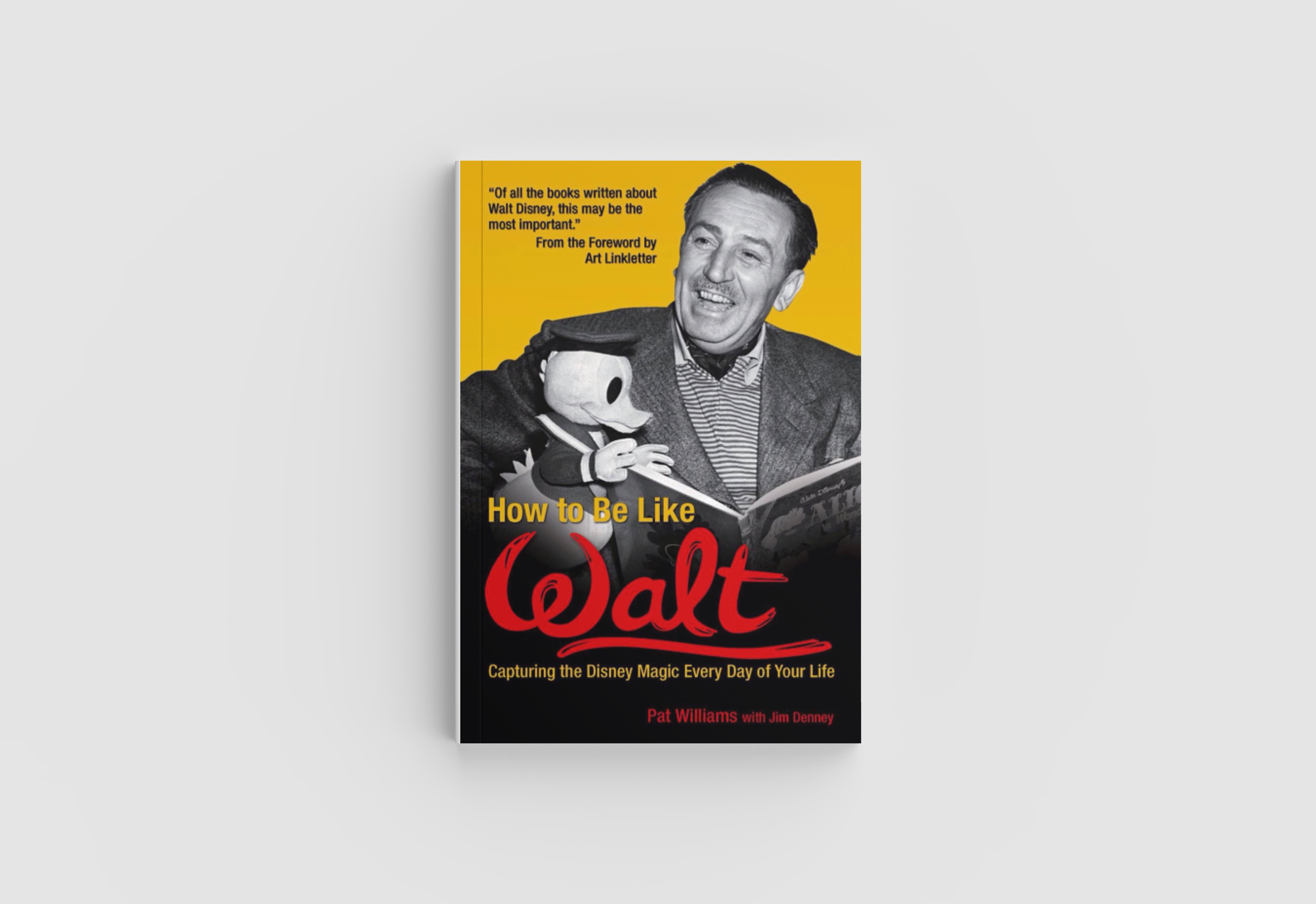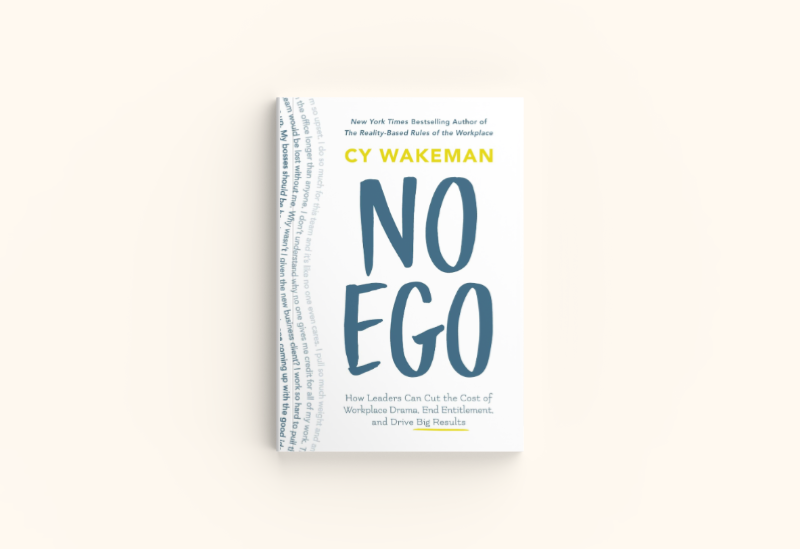BETTER IMPACT BOOK BITES: Who Moved My Cheese
This Month's SelectionWho Moved My Cheese, by Spencer Johnson, M.D.The seventeenth in a series of Better Impact Book BitesA taste of great books...

This Month's Selection:
No More Status Quo – A Proven Framework to Change the Way We Change the World By Heather Hiscox
The twenty-fifth in a series of Better Impact Book Bites
A taste of great books worth consuming.
This book provides a unique approach to change. We know the only constant in life is change, but the author approaches change with a thoughtful, intentional, unheard-of approach: Pause-Stop and think about what the change is and how it can affect others around you, then move forward with purpose. It is 254 pages and has thought-provoking questions at the end of each chapter to aid your paradigm shift regarding change. It is available as an audiobook and is broken down into two main Sections: 1. What’s Dysfunctional About Status Quo Problem Solving and Section 2. How Do We Make Change Using the PAUSE Skills. If those section titles don’t make you curious, I don’t know what will.
The author shares about why she decided to write this book and introduces the reader to the PAUSE framework which the book is based on, and that she refers to throughout.
In this chapter, the author explains what she means by positionality and then goes on to reveal hers. What I love about this chapter is that it encourages everyone to take an honest look at who they are in a 360-degree perspective and then lean boldly and unapologetically into it. This is important. You must know who you are because in this work, your values, morals and/or view can and will be challenged. If you don’t know who you are, you are susceptible to change as the wind blows; and that can wreak havoc on both your professional and personal life. It is a powerful way to start off the book. Who are you? There is a good chance that if you don’t know, you will start to have a clear idea by the time you finish reading this chapter.
Yes, Hate is a strong word, but she describes why she uses it. This chapter leans into what the sector is becoming more aware of; the fact that sometimes, our desire to help can cause more harm than good. She does a great job of explaining why this is and explaining how our status quo way of trying to be of help, actually perpetuates the harm we wanted to solve for.
Solutions, or ideas that we THOUGHT were solutions, often fall short. But why? In this chapter, the author does a deep dive into why our standard approach fails, the hidden risks of status quo problem solving and why sometimes good intentions aren’t enough.
Uh oh. The author holds a mirror up in this chapter. If you have ever used the phrase “best practices” brace yourself. Best practices without being challenged, coupled with being reactive, and the fact that change is hard, are just several of the reasons why a paradigm shift can be so difficult.
Great question. The author introduces her PAUSE framework. She sheds light on the power behind pausing; stopping to take a beat to really consider what we are doing, and how we should take the time to honor the struggle of learning. I really respect how she is transparent and vulnerable, sharing some of her lessons learned.
What does that even mean? Aligning your challenge with your stakeholder and forming a team. She asks the reader thought-provoking questions meant to help you discover both what the actual challenge is (not the assumed challenge) and identify the best stakeholder to help you get to the solutions that truly align with challenge. Lastly, in all of it, she curates the framework so that if followed properly, it will ultimately lead to stakeholder-centered solutions.
This chapter emphasizes collaborative learning. When everyone understands that everyone’s perspective is valuable, it allows for collective learning; and that...is a huge first step to effective solutions. When was the last time you brought the stakeholder into the conversation to solve for challenges…together?
One of the best ways to avoid bias is to assume you are wrong. Think about that. Most of what we do on a daily basis is out of habit. When you introduce the concept of assuming you are wrong, it wakes you up out of the involuntary habit. The guiding principles behind part 2 of the framework are to: 1. Lean into uncertainty instead of running away from it, 2. Assume we are wrong (to help fend off bias) and my personal favorite considering, “What if success was measured by saving time, money and energy, and not by building solutions?”.
Probably one of the most important chapters in the book. This chapter discusses what empathy is, but more importantly….what it isn’t. She discusses the different levels of empathy and introduces the concept of the 'empathy interview.' This is one chapter where the title really shines through. Pausing to rethink empathy, not going with the status quo, and how it is directly connected to ethical consent and ACTIVE LISTENING.
This chapter really hit home. She explores empathy interviews and discusses the importance of asking the RIGHT questions. There is a phrase my techy friends used to say when working with databases. If we wanted to pull a report but the information wasn’t input correctly or at all, they would always say, “junk in, junk out”, meaning the computer will only give you exactly what you ask. So, if you aren’t asking the right questions, you aren’t going to get the information that you really need. She dives into the importance of this when trying to find solutions WITH stakeholders. Fascinating! When asked questions, people will often answer what they think they will do instead of what they actually do. She shares several examples where, with active listening, the team adjusted the questions they were asking, and the results were dramatically different—more importantly, they obtained what they needed to truly co-create effective solutions.
In this chapter she revisits, taking a pause to make sure after asking better questions and getting the information you need, to take a pause to make sure you are still aligned. She mentioned that it can be challenging because you may feel like you are on a roll, but it is important to stop, reevaluate, and make sure you are still on the right track. After conversations, are you even addressing the correct challenge? You won’t know if you don’t PAUSE and review.
The fourth skill in the PAUSE framework is solution testing. The first step asks almost seemingly contradicting questions such as “What if we were inclusive?”, “What if we operated from abundance?” and my personal favorite, “What if we went BOLD?” She discusses solution brainstorming and solution prioritizing. One of my favorite parts of this chapter is when she asks the question, “What are we assuming?” …a rather LOADED question if you ask me. She also adds in a second set of powerful questions that round off the fourth skill.
In this chapter, the author walks you through solution testing, what it is and why it is important. What I enjoyed most about this chapter, however, was the stories she shared to inspire and increase our confidence in designing and conducting our own solution tests.
This is the final skill in the PAUSE framework. It is about making quick and effective decisions. This skill is guided by the questions, “What if success = learning?”, “What if we had clarity on why something worked (or didn’t)?” and “What if we could guide decision-making with evidence?”. It discusses how collecting and documenting data helps to inform important decisions.
Share it because sharing is caring! Share not only the information but the learnings you discovered along the way. She shares (see what I did there?) that she has lost count of the number of times she has witnessed evidence and insight initiate a shift in how leaders support decisions. One of the most powerful statements in this chapter is that using the PAUSE framework exhibits, “your values in action.”
This is a call to current and future leaders who are frustrated changemakers. She challenges us to PAUSE and the numerous benefits that come from the framework that have been tried and tested repeatedly. She encourages us not to be active participants in 'change theater'—you know, saying you want change, but when it comes time to actually act on it, all types of excuses shut down any hope of change. She leaves us with inspiring reminders such as: remember to listen, show up, appreciate, the importance of communication and mentor along the way. After working with many leaders, she also shares the five leadership traits that she has witnessed in successful organizations….but you will have to buy the book and read those for yourself.
I thoroughly enjoyed this book. I have always been a big believer in taking time out to pause, get a handle on the situation, and move forward. This book has elevated my PAUSE belief to a new level. Her encouragement to not be afraid to fail is something I will scream from rooftops because failure is fuel. You learn so much when you fail. I love the PAUSE framework because failure is practically, carefully, and skillfully built into it Why? Because the author knows it actually leads you right to the success that you were searching for. Embrace the struggle. It will be well worth it. And so with that my friends, my parting words are to engage in the PAUSE framework and fail forward.
Featured Posts

This Month's SelectionWho Moved My Cheese, by Spencer Johnson, M.D.The seventeenth in a series of Better Impact Book BitesA taste of great books...

This Month's SelectionHow to Be Like Walt Capturing the Disney MagicEvery Day of Your Life, Pat Williams with Jim DenneyThe eighteenth in a series...

This Month's Selection:No Ego – How Leaders Can Cut the Cost of Workplace/Drama, End Entitlement and Drive Big Results by Cy WakemanThe twenty-third...